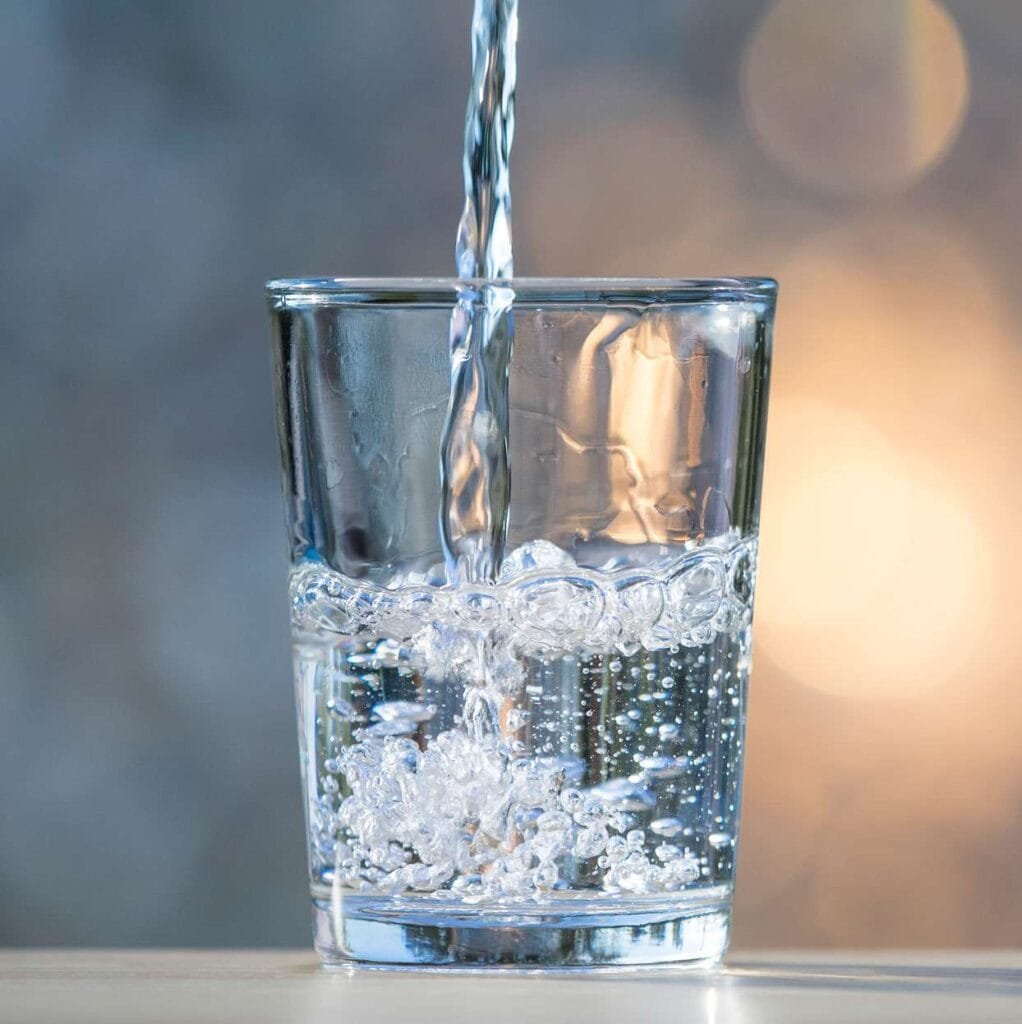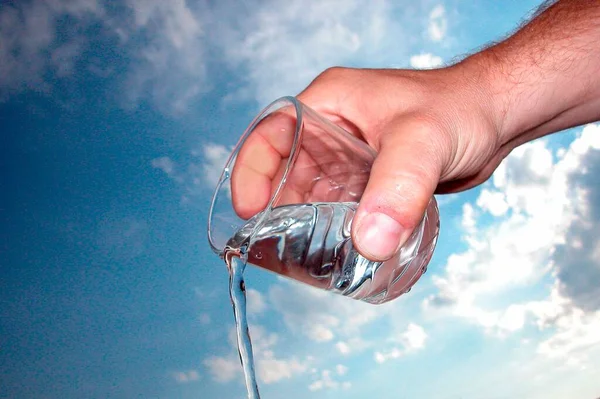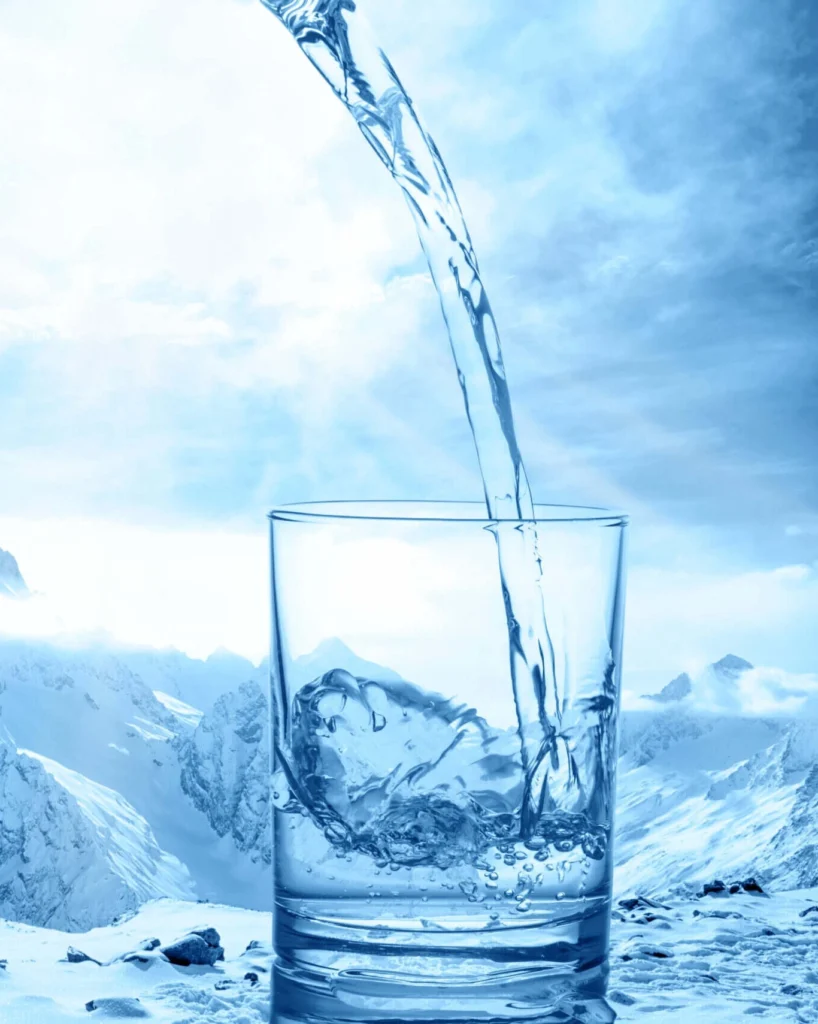Water Facts

Maximum Contaminant Level Goals vs. Maximum Contaminant Levels
The environment has changed a lot in the last fifty years. Manufacturing and agricultural activities, along with our growing population, add an enormous amount of potentially hazardous materials to our environment.
As a result, the U.S. Environmental Agency (EPA) and others have detected more than 700 different organic compounds in treated drinking-water supplies.
Water coming from public systems is tested regularly and must meet standards set by the EPA.
The first standard—the Maximum Contaminant Level Goal (MCLG)—is not enforceable. MCLGs are set at zero for contaminants that are known to be probable human carcinogens. For noncarcinogens, MCLGs are set at a level that includes a margin of safety so as to prevent adverse health effects.
The second standard—the Maximum Contaminant Level (MCL)— is enforceable. MCLs are set as close to the MCLGs as possible, taking into account the technological and economic limitations of the public water supplier.
ARE YOU CONCERNED ABOUT PFOS / PFAS FOREVER CHEMICALS?
Per- and polyfluoroalkyl substances (PFAS) are a group of manufactured chemicals that have been widely used in consumer and industrial products since the 1940s. They are also known as “forever chemicals” because they don’t break down easily in the environment.
Why are PFAS a concern?
- Persistence: PFAS can persist in the environment for a long time, contaminating soil, water, and air.
- Bioaccumulation: These chemicals can build up in the body over time, potentially leading to health risks.
- Health effects: PFAS have been linked to various health issues, including:
- Liver disease
- Kidney problems
- Reproductive issues
- Cancer (some studies suggest a potential link)
- Decreased immune system function
- Developmental and behavioral problems in children
- Ubiquitous presence: PFAS have been found in a wide range of products, from non-stick cookware to firefighting foams, leading to widespread contamination of water supplies.
- Lack of regulation: While some countries have established regulations for PFAS in drinking water, others have not. This has led to concerns about public health risks and the need for stricter regulations.
People are increasingly concerned about PFAS contamination in their water due to the potential health risks associated with the Where can PFAS be found?
PFAS have been found in a wide range of products, including:
- Non-stick cookware
- Clothing and textiles
- Food packaging
- Carpet and furniture
- Firefighting foams
- Water treatment chemicals
How to reduce PFAS exposure:
- Drink filtered water: A whole-house filtration system can help remove PFAS from your drinking water.
- Avoid contaminated food: Choose seafood from low-contamination areas and be mindful of PFAS in food packaging.
- Be aware of household products: Look for PFAS-free alternatives when purchasing household items. These concerns have led to increased demand for water testing and filtration systems that can remove PFAS from drinking water. As people become more aware of the potential health risks associated with PFAS, they are taking proactive steps to protect themselves and their families.
Water Facts: Understanding the Essentials of Our Most Vital Resource
Water is the essence of life, covering 71% of the Earth’s surface and making up about 60% of the human body. Yet, the quality of water we rely on is increasingly at risk due to pollution, climate change, and unsustainable usage. Here are some fascinating and vital facts about water that highlight its importance and the need for vigilance in preserving its quality.


Key Facts About Water
Global Water Distribution:
Only 3% of Earth’s water is freshwater, and two-thirds of that is locked in glaciers and ice caps. This leaves just 1% of water readily accessible for human use.
Water Contamination Issues:
Pollutants like PFAS, lead, microplastics, and agricultural runoff are increasingly contaminating water supplies. These pose serious health risks if not addressed promptly.
Water Usage:
The average American uses about 82 gallons of water per day for drinking, bathing, cleaning, and other activities.
Health and Hydration:
Drinking adequate water is crucial for maintaining body functions like temperature regulation, digestion, and toxin elimination. Experts recommend consuming 8-10 glasses daily.

